The Social Message of Mahayana Buddhism
The conceptual origin of this book is linked with the study and research that the authors did in USA from 1953 onward in association with Alan Watts who laid open vast field of research opportunities connected with Buddhism.
The research on ‘Lokasamgraha’ (Good of the world) which has similarities with Sarvodaya picked up steam in 1987. Their first book on Lokasamgraha was published in 1993, under the title The Social Role of the Gita: How and Why. The main finding of that book, viz. that the social message of ‘Bhagavad-Gita’, was ‘Lokasamgraha’, which received strong support from Gandhian scholars as well as university professors. This prompted them to extend the coverage of research to books which have been influenced by Bhagavad-Gita.
While looking for other texts that could be included in the research program, the authors came across Dr. Radhakrishnan’s remark (made in 1948) that the most important Mahayana text (The Lotus Sutra) is indebted to Bhagavad-Gita. In fact, quite independently of this remark, their research inevitably meant taking a close look at the important phenomenon of ‘Engaged Buddhism’. In this process, they discovered that, while many of the engaged Buddhists had been inspired by the Lotus Sutra, some of them had been inspired by Shantideva’s Bodhicaryavatara. The outcome of the consequent enlargement of the scope of the research is presented in this book.
Get it now and save 10%
BECOME A MEMBER

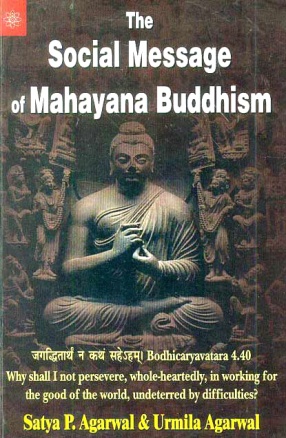

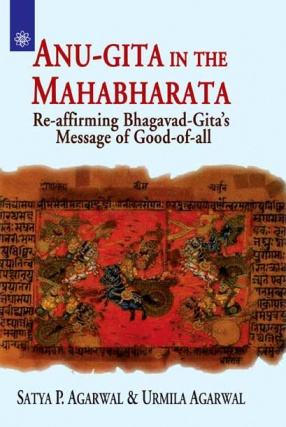
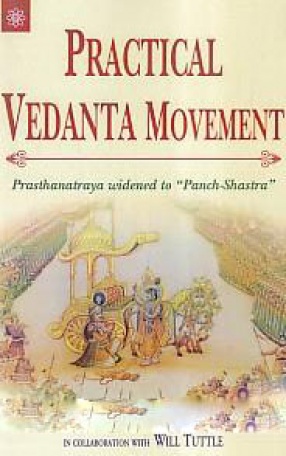
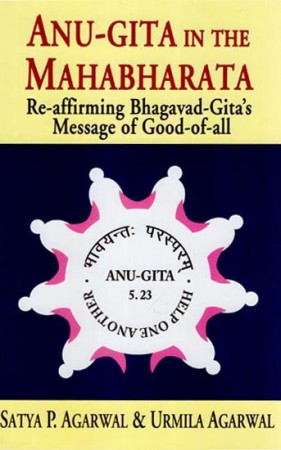
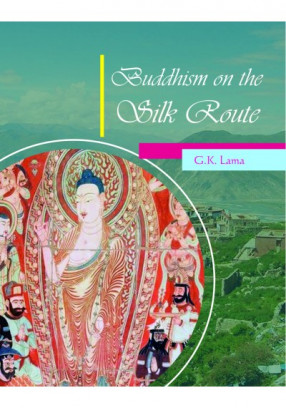
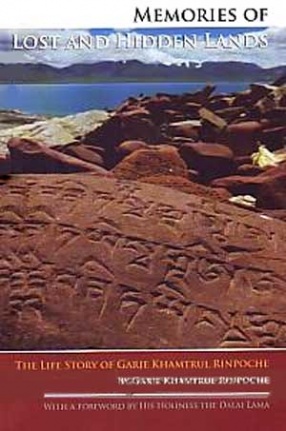

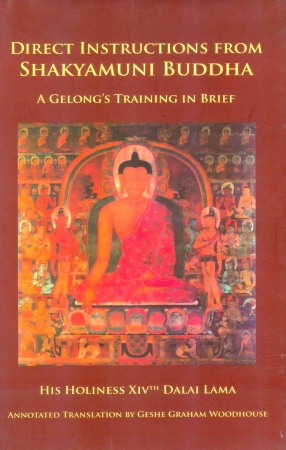

Bibliographic information
Urmila Agarwal